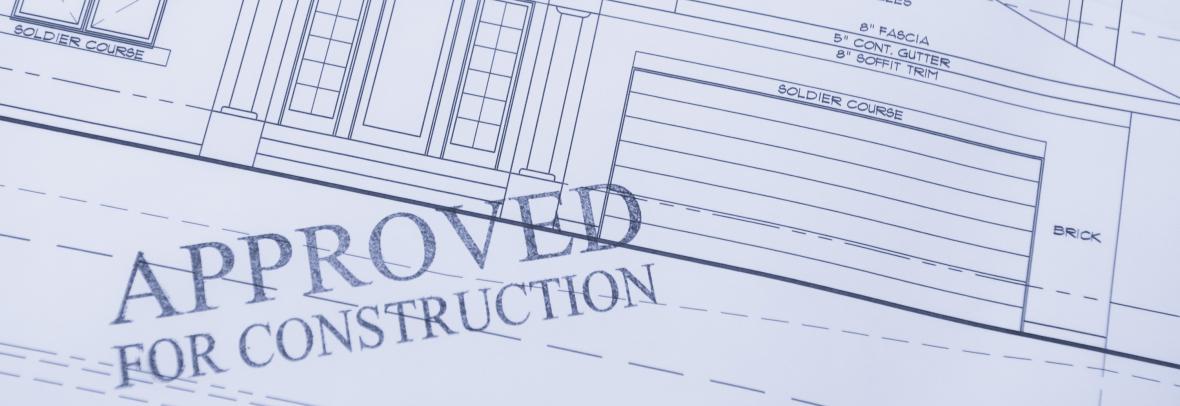
High interest rates for loans held back housing supply as overall housing starts fell 5.5%, single-family starts declined 5.2% and multifamily fell 6.6%.
WASHINGTON – Single-family and multifamily housing starts fell in May as high interest rates for construction and development loans and mortgage rates held back both housing supply and demand.
Overall housing starts fell 5.5% in May to a seasonally adjusted annual rate of 1.28 million units, according to a report from the U.S. Department of Housing and Urban Development and the U.S. Census Bureau.
The May reading of 1.28 million starts is the number of housing units that builders would begin if development kept this pace for the next 12 months. Within this overall number, single-family starts decreased 5.2% to a 982,00 seasonally adjusted annual rate.
However, on a year-to-date basis, single-family starts are up 18.8%, albeit off weak early 2023 data. The multifamily sector, which includes apartment buildings and condos, declined 6.6% to an annualized 295,000 pace. This is the lowest pace for apartment construction since April 2020.
“Overall lower housing production correspond with our latest industry surveys, which show builders are concerned with a high interest environment that is making it harder to get acquisition, development and construction loans to increase home building activity,” said Carl Harris, chairman of the National Association of Home Builders (NAHB) and custom home builder from Wichita, Kan. “Higher rates for builder and developer loans, along with ongoing supply-side challenges regarding construction labor and buildable lots, are acting as headwinds for new home and apartment construction.”
On the demand side, mortgage rates averaged 7.06% in May per Freddie Mac, the highest reading since November 2023. This high interest rate environment is causing many potential buyers to remain on the sidelines.
“It is not just the single-family market that is experiencing challenges. The three-month moving average for multifamily starts is the lowest since the fall of 2013 as the multifamily development deceleration continues,” said NAHB Chief Economist Robert Dietz.
The ratio of multifamily completions to starts (the total number of apartments completing construction compared to those starting construction) was 1.8 in May, tied with April for the highest ratio since Covid. “This ratio was 0.6 in April 2022 when many more apartments were starting construction compared to finishing construction, demonstrating the significant reversal for the multifamily construction pipeline,” said Dietz.
The number of apartments under construction is now down to 914,000, the lowest count since Sept 2022 and down 11% since the peak rate in July 2023.
On a regional and year-to-date basis, combined single-family and multifamily starts are 22.2% lower in the Northeast, 8.0% lower in the Midwest, 2.3% lower in the South and 2.6% higher in the West. Declines for multifamily construction are driving the weakness for those regions showing year-to-date total housing starts declines.
Overall permits decreased 3.8% to a 1.39-million-unit annualized rate in May. Single-family permits decreased 2.9% to a 949,000-unit rate; this is the lowest pace since June 2023. Multifamily permits decreased 5.6% to an annualized 437,000 pace.
Looking at regional data on a year-to-date basis, permits are 0.7% higher in the Northeast, 5.3% higher in the Midwest, 0.8% higher in the South and 1.5% lower in the West.
Source: National Association of Home Builders (NAHB)
© 2024 Florida Realtors®
Go to Source
Author: marlam



